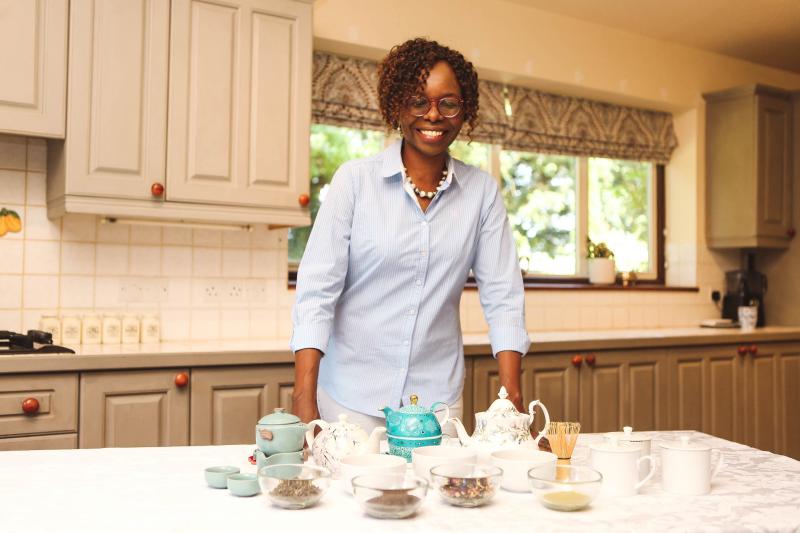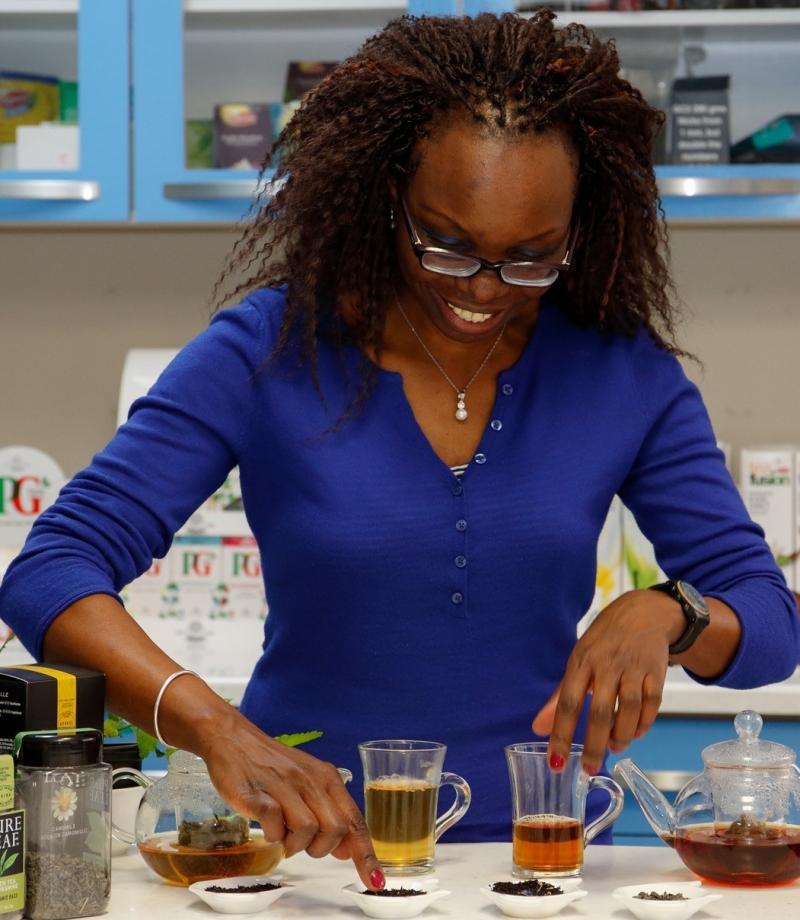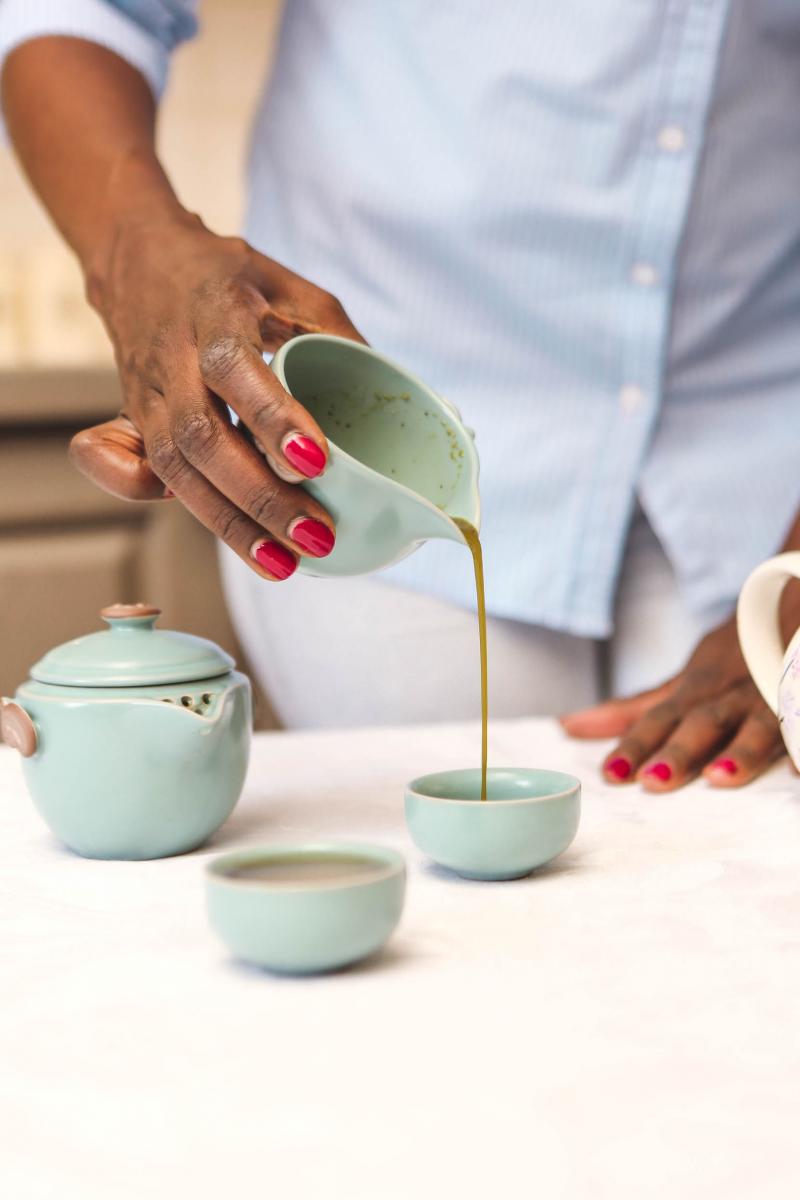After reading the recent World Tea News article about tea snobbery by Cody Wade in July, I felt compelled to join the discussion and offer my twopence on the important subject.
Wade’s article notes: “Of course, within the tea community, there are even... tea snobs. This creates one massive issue where tea snobs are limiting the growth and popularity of tea. In fact, they’re also creating toxicity throughout every facet of the industry and community. How is the world of tea supposed to innovate and grow if snobbery is turning people away?”
In my opinion, this sums up the problem we have in tea industry quite beautifully.
We work with a product steeped in history – everyday steeping great taste, wellness and good – but it’s faced with less than adequate growth as we steep snobbery with the tea. As an industry and community, we are kind of stuck with an antiquated image (at least a large chunk of the market is), and we could do better to attract new drinkers and especially the younger generation into tea.

I guess a good way to look at it is to ask: Where is snobbery showing itself in the tea industry and what can we do about it? We do know what it is doing – it’s turning people away from tea exploration!
Tea and Teas
The wealth of tea types offers endless opportunities for people to discover and enjoy tea. But in describing these offerings, the industry can sometimes become prescriptive, restrictive, exclusive and very much displaying gatekeeping, as was mentioned in the recent World Tea News article. Of course, there are specific criteria that identify an oolong from a black tea and a steamed green from a white tea. But the most important thing, let’s not forget, is consumer enjoyment – whatever the tea.
If people are enabled to find a totally new tea, discover a different one they haven’t tried that they can now thoroughly enjoy, then we are winning.
In describing the teas available to enjoy, we probably ought to focus less on technical differences and highlight more the points of enjoyment – great tasting tea that makes one feel good and is made well, and is good for you and the planet. It’s the total experience one gets from tea, all wrapped in great story telling. The tea connoisseurs will seek the detail. The majority of new and exploring drinkers want guidance for the myriad of teas to find some that will “rock” them.
Here, it is also important for us to remember it is not about lecturing tea consumers or new tea drinkers about good tea and not-so-good tea; it is about opening up all the possibilities. As long as it is in the tea space, drinking more of it is good for the industry. Flavoured blends, botanicals and infusions along with decaf, instant and ready-to-drink teas all should be featured equally when we guide consumers on the width and breadth of “teas” to drink. After all, who are we to choose for them? Let them pick what they like.

Debunking myths around tea also helps to remove tea snobbery – what is tea and what is not, loose tea vs. tea bags and goodness in all tea are examples of myth-steeped areas in tea.
Are You Talking to Me?
We are all great at talking tea in the industry – to ourselves, preaching to the choir – but consumer speak is an art. Articulating a product or product category in a way that the consumer “gets it” is the first step to getting them to try it.
Rather than use our language, filled with tea terminology and words that only those in tea understand, we definitely should make tea descriptions more consumer accessible. Some teas are barely described. In some cases, tea sellers have stretched to using a lot of terminology used in wine and whiskey with some teas being described as having numerous different flavour notes of fruits and fish and spices and herbs – all very well to showcase what the tea tastes like, but personally, I think stretched too far it can get overwhelming and put off the consumer who is looking for guidance on which teas they ought to be trying from the wide, confusing variety there is.
I hasten to add that the point of this is not to patronise. Indeed, seekers of speciality tea will already be familiar with fine taste descriptions from other categories. It is about balance when borrowing these terminologies, so the industry plays the right role of making it easier for people to try new teas, not to show off how good a tea taster is in identifying all 27 notes in a tea!
Back to Storytelling
This brings me back to storytelling. Many consumers find the descriptions on many packs inadequate in terms of telling them why they should choose that tea. Region, season, climate, key taste notes, the stories and faces of people who grew it and made it, it’s goodness – all obvious, but do we say it in customer speak?

Coffee seems to have cracked it with a strength number and origin call out, plus a simple taste description. Perfect, you know exactly what you are getting. What about tea? Now, I know it is not that straightforward for tea, but that just means we have an opportunity to develop a clear, simple and commonly accepted way of differentiating teas for consumers’ ease of choice; and crucially that helps tailor their tea selection to their palate. To this end, the industry may want to look to technology and AI that already exists in wine, as shown by the work of such enterprises as Tastry, whose work I admire greatly.
Invite the World In!
I have been asked quite a few times – “Do you use teabags?”
“I’m scared to make you a cup of tea in case I do it wrong,” I have been told many a time.
You know what, I’m happy to admit I do sometimes use tea bags (as long as the tea inside is great) and yes, I will drink the cup you make in your way, and we can share how we each like to brew it.
I believe that everyone can enjoy teas they have never even heard of let alone tasted; it is not the preserve of the initiated. You don’t have to know all the history and manufacture of it, nor the complexity of the growing and its sourcing if that is not of interest to you.
The most important thing should be for me as the seller or tea industry expert to help consumers find the tea they like and help them enjoy it. And not just the one cup – help the consumer further unravel the paradox of choice, so they can figure out what other teas they may like, if they like the first one.
This is how the tea seller should guide consumers.
Does a consumer have to brew it precisely one way, using elaborate equipment? Absolutely not. How one enjoys it is really defined by that person as a tea drinker. They can be as creative and innovative as they like. As a tea industry professional, I can help them find their tea and they can then select an offering that gives them all the other wants, which may include provenance, doing good and so much more.
I love what Saleh Afshar, founder of Galerie du Thé, says with regards to this topic:
“The future success of small artisanal tea growers requires an ability to engage with ‘non-consumers.’ With Galerie du Thé, we have approached this challenge by focusing on the consumer journey and addressing friction points. We have developed relatable ‘on-pack’ descriptions and language, which makes the selection experience more transparent and less intimidating for first-time buyers. We have made every effort to provide clear guidelines for the brewing process, while acknowledging that everyone has a preferred way. The tasting notes capture the actual tea profile and by identifying occasions, we aim to make artisanal tea relevant as part of the daily routine. Finally, the choice of tea utensils which we offer provide a far more practical user experience. Throughout the entire process, we continue to collaborate with consumers both within the tea community and beyond!”
Let Anyone and Everyone Know Tea and Drink More Tea!
The days of wrapping tea in mystery and intrigue are gone. Let anyone and everyone know tea, discover tea, love tea and drink more tea! Gone are the days when tea brands used to revel in how proprietary their secret blending rooms and recipes are. No longer does it work to only highlight how well you know tea and how many gardens you have visited. What does the new tea drinker seek? That you bring them into your world, take them on the tea garden journey with you, and savour the teas with them.
They want your tea in their world – and then they can fall in love with it and share it with the rest of the world, digitally and physically.
That is growth.
Joyce Maina is a global tea expert and consultant with many years of experience in multiples areas of the industry. Born and raised in the tea growing country of Kenya, she now lives in the United Kingdom and is the founder and director at Cambridge Tea Consultancy. Her company focuses on tea business advisory, tea education, communications and connections – supporting all stakeholders in tea industry from growers to packers and NGOs. Maina’s tea journey began rather serendipitously when she joined Brooke Bond in Kenya as a graduate trainee in tea marketing. This opened up a whole new world of tea for her beyond the fine Kenyan teas she had grown up drinking. It enabled her to taste teas from all over the world and visit and work with producers in tea origin countries including China, Sri Lanka, Malawi, Tanzania, South Africa and India. With each new discovery, her love for tea grows. Over 30 years on, she still raves about tea. To learn more, visit CambridgeTeaConsultancy.com.
